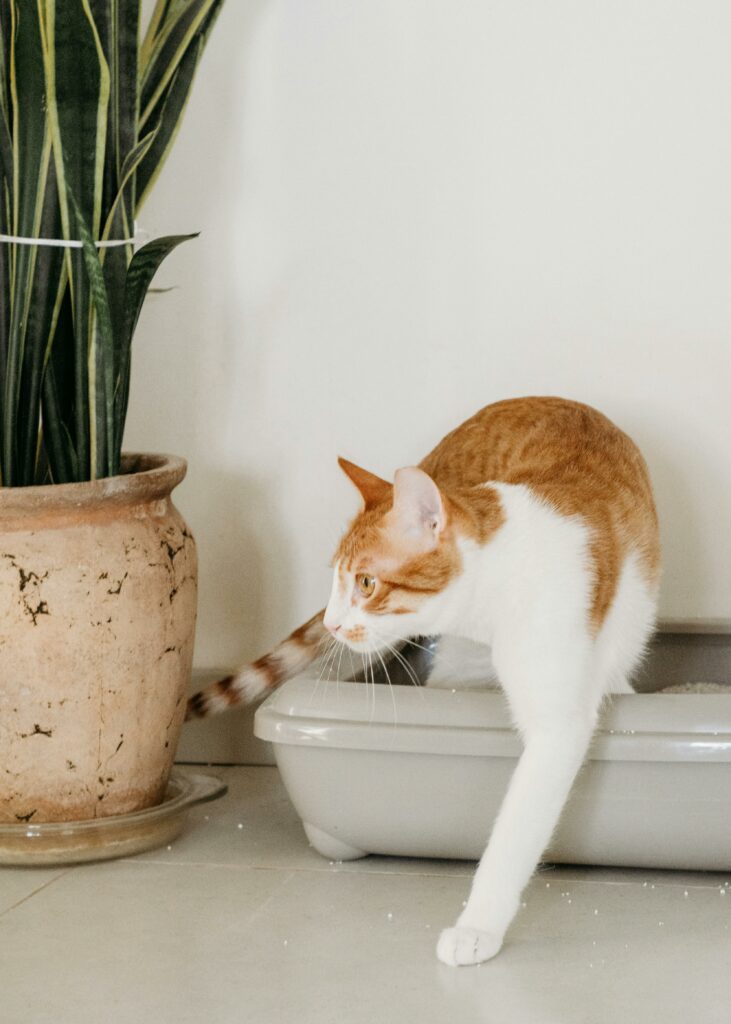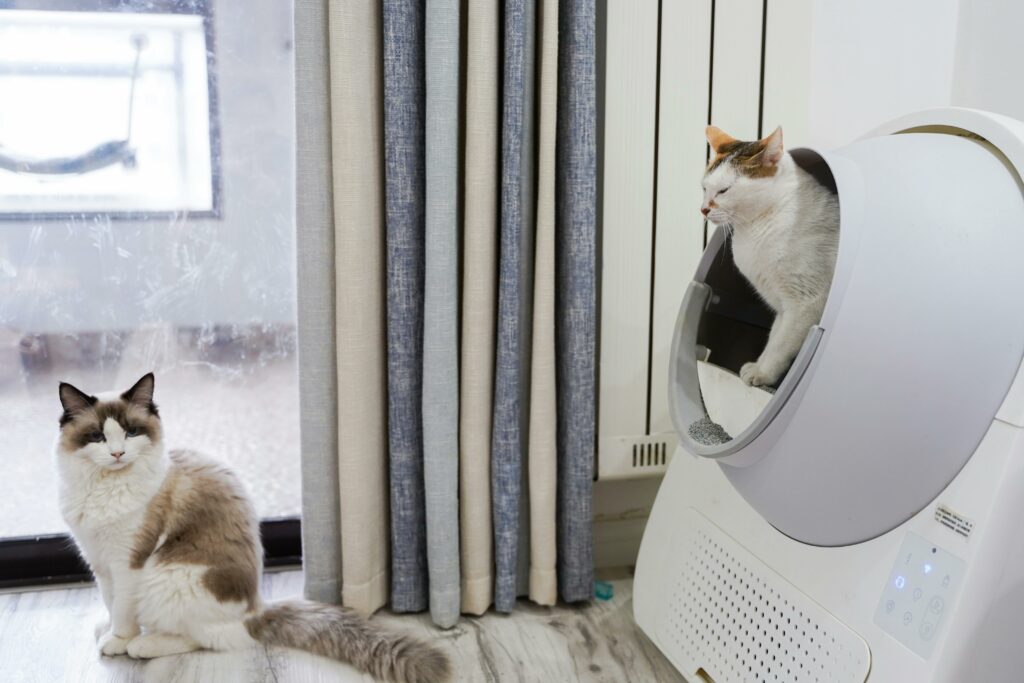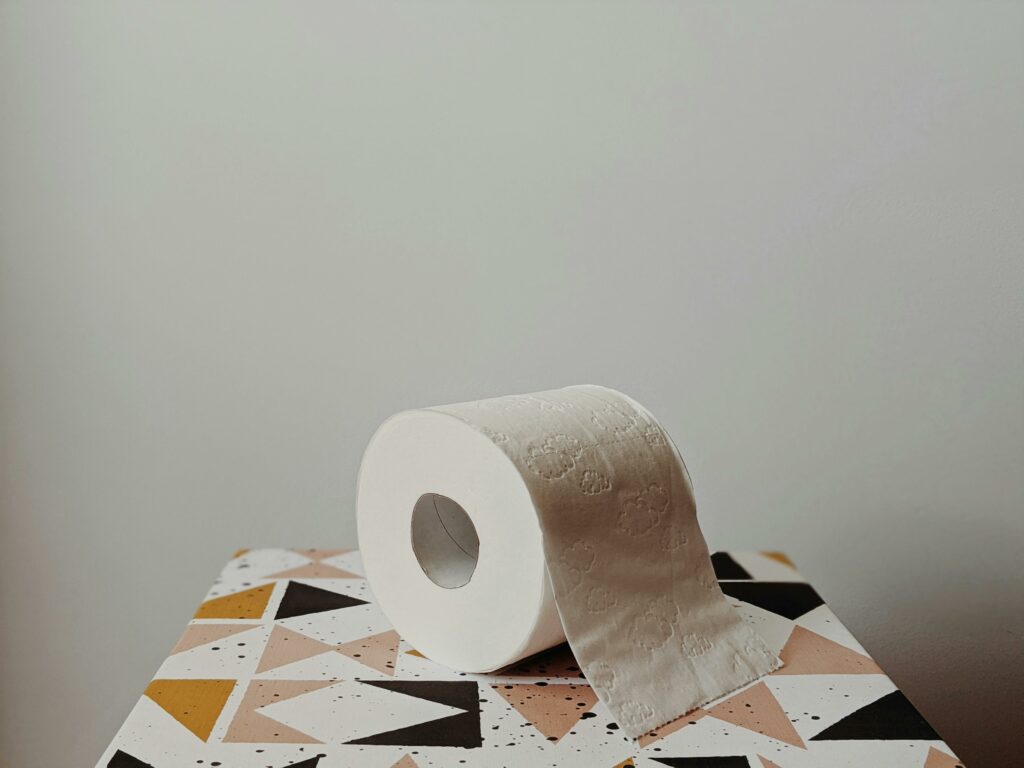
Understanding Your Cat’s Litter Box Needs
Selecting the right cat litter box for your feline companion is more than just a matter of convenience—it’s essential for their health and wellbeing. Cats are naturally clean animals with specific preferences when it comes to their bathroom habits. The perfect litter box setup can prevent unwanted behaviors like eliminating outside the box and reduce stress for both you and your pet.
Several factors influence which cat litter box will work best in your home, including your cat’s size, age, and physical abilities, as well as your available space and cleaning preferences. Understanding these elements will help you make an informed decision that benefits everyone in your household.
Types of Cat Litter Boxes
Open Litter Boxes
Traditional open litter boxes are the most common option among cat owners. They’re typically more affordable and give cats plenty of space to move around and dig. However, they offer minimal odor control and provide no privacy for your cat.
Open boxes work well for kittens, cats who prefer visibility while eliminating, and households where space isn’t a concern. They’re also easier to clean since you have unrestricted access to all areas of the box.
Covered Litter Boxes
Covered cat litter boxes feature a hood or dome that provides privacy and helps contain odors and scattered litter. Many cats appreciate the sense of security these boxes provide, especially in busy households.
The main drawbacks include potentially trapped odors (which can be unpleasant for your cat) and the need to remove the entire cover for thorough cleaning. Some larger cats may also find covered boxes too confining for comfortable use.
Self-Cleaning Litter Boxes
For busy pet parents, automated options can be a game-changer. Self-cleaning cat litter boxes use sensors to detect when your cat has used the box and automatically rake or rotate to separate waste from clean litter.
While these high-tech solutions come with a higher price tag, they can significantly reduce daily maintenance and help control odors. However, some cats may be startled by the mechanical noises, and these systems often require special litter types or replaceable components.

Size and Accessibility Considerations
The general rule for litter box size is that it should be at least 1.5 times the length of your cat from nose to tail base. This gives them adequate room to turn around and dig comfortably.
For kittens and senior cats, consider boxes with lower entry points to accommodate their physical abilities. Elderly cats with arthritis or mobility issues benefit from specially designed boxes with ramp entrances or lower sides.
Multiple-cat households should follow the “n+1 rule“—provide one more litter box than the number of cats you have. This helps prevent territorial disputes and ensures each cat always has access to a clean box.
Location and Privacy Factors
The placement of your cat’s litter box can significantly impact their willingness to use it. Cats prefer quiet, low-traffic areas where they won’t be disturbed. Avoid locations near loud appliances, food and water dishes, or high-activity zones in your home.
Creating a dedicated space for your cat’s bathroom needs demonstrates respect for their natural instincts and can prevent inappropriate elimination issues. Consider using decorative screens or specialized furniture that conceals litter boxes while maintaining easy access for your cat.

Odor Control Features
Effective odor management is perhaps the most important consideration for many cat owners. Several litter box features can help minimize unpleasant smells:
- Carbon filters in covered boxes can absorb odors before they escape
- High sides or top-entry designs help contain litter and reduce scatter
- Antimicrobial coatings on some boxes inhibit bacteria growth that causes odors
- Smooth, non-porous materials prevent urine absorption and make cleaning easier
Pairing your cat litter box with the right type of litter enhances odor control. Clumping clay, crystal, and activated carbon litters are known for superior odor neutralization properties.
Cleaning and Maintenance
The easiest litter boxes to clean share certain characteristics: smooth surfaces without corners where waste can accumulate, removable components that can be washed separately, and materials that resist odor absorption.
Establishing a regular cleaning routine is crucial regardless of which box you choose. Daily scooping, weekly partial litter replacement, and monthly deep cleaning will keep odors at bay and ensure your cat continues using their box.
For those with limited time, consider features like removable liners, pull-out trays, or self-cleaning mechanisms that simplify maintenance. Remember that even the most convenient systems still require some human intervention to function properly.

Sustainable and Eco-Friendly Options
Environmentally conscious pet owners now have access to planet-friendly alternatives that reduce the ecological impact of cat waste management. Biodegradable litter boxes made from recycled materials or sustainable plant fibers offer a greener option.
These eco-friendly boxes typically pair well with natural litters made from materials like wheat, corn, paper, or walnut shells. Together, they create a more sustainable system for managing your cat’s bathroom habits.
Conclusion
Finding the perfect cat litter box involves balancing your cat’s preferences with your practical needs for odor control and easy cleaning. By considering the factors outlined above—box type, size, location, and maintenance requirements—you can create a bathroom setup that keeps your feline friend happy and your home fresh.
Remember that some cats may need time to adjust to a new litter box, so introduce changes gradually and pay attention to your cat’s behavior. The ideal solution is one that works for both you and your feline companion, creating harmony in your shared living space.
References
Choosing the Right Litterbox for Your Cat – Veterinary Partner – VIN – https://veterinarypartner.vin.com/default.aspx?pid=19239&id=12143182
Choosing the Best Litter Box for Your Cat – https://www.preventivevet.com/cats/how-to-choose-the-best-litter-box
General Litter Box Considerations – https://www.aaha.org/resources/2021-aaha-aafp-feline-life-stage-guidelines/general-litter-box-considerations/
Share this:
- Click to share on WhatsApp (Opens in new window) WhatsApp
- Click to share on Facebook (Opens in new window) Facebook
- Click to share on LinkedIn (Opens in new window) LinkedIn
- Click to share on Pinterest (Opens in new window) Pinterest
- Click to share on Tumblr (Opens in new window) Tumblr
- Click to share on X (Opens in new window) X
- Click to share on Reddit (Opens in new window) Reddit
- Click to share on Telegram (Opens in new window) Telegram
- Click to email a link to a friend (Opens in new window) Email
- Click to print (Opens in new window) Print






























